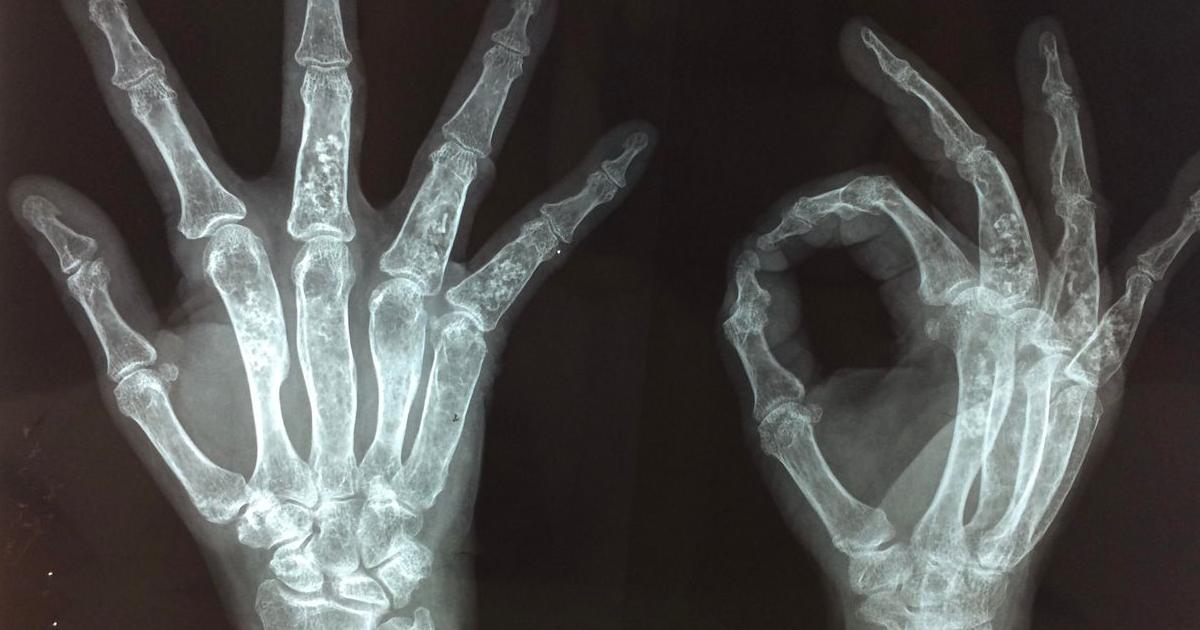What Increases The Risk Of Chondrosarcoma?
Chondrosarcoma is a cancer of the bones that develops when a mutation in the cartilage producing cells causes them to reproduce rapidly and not die off when they should. Cartilage is the flexible, tough substance that provides cushioning to the bones and joints. Chondrosarcoma most commonly occurs in the shoulder, pelvis, and hip. Unlike other forms of cancer, chondrosarcomas do not make an individual feel systemically ill.
Symptoms of this form of cancer usually only occur in the area where the tumor is present, and include a large growth or lump on the bone, difficulty urinating if the tumor is in the pelvis, swelling, stiffness, tenderness, and a feeling of pressure in the area where the tumor is located. Although it is slow-growing cancer in most cases, it is important to understand who is at a higher risk of developing chondrosarcoma.
Ollier Disease

Ollier disease is a condition where multiple benign or noncancerous cartilage tumors called enchondromas develop throughout the skeletal system of the body. A spontaneous mutation in the genes causes Ollier disease to develop. This gene mutation is not one that spreads through families or is inherited. Instead, it happens randomly to an individual in utero or before they are born. The enchondromas that develop in Ollier disease patients are a result of the cartilage cells expanding in an abnormal location. This irregular growth can happen in the form of a projection from a bone, or it can occur inside of a bone.
Additional DNA mutations may occur in individuals who already have the gene mutation that causes Ollier disease that accounts for the mechanism that causes enchondromas to become cancerous. When enchondromas become cancerous, they are considered chondrosarcomas. It is not uncommon for one or more of the benign tumors in individuals with Ollier disease to become malignant or cancerous over some time, so Ollier disease patients are at an increased risk for developing chondrosarcoma.
